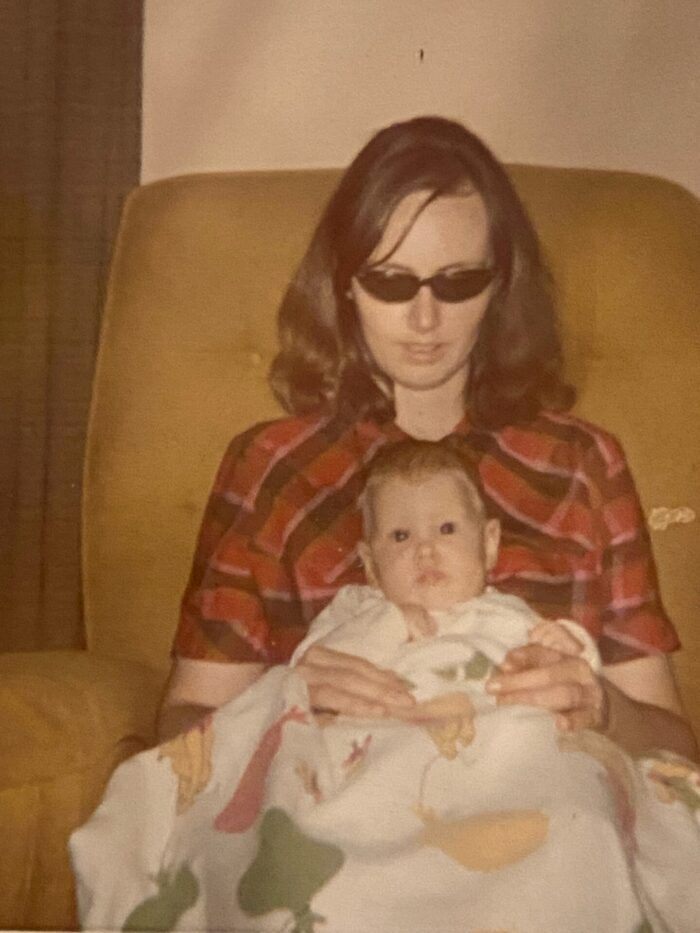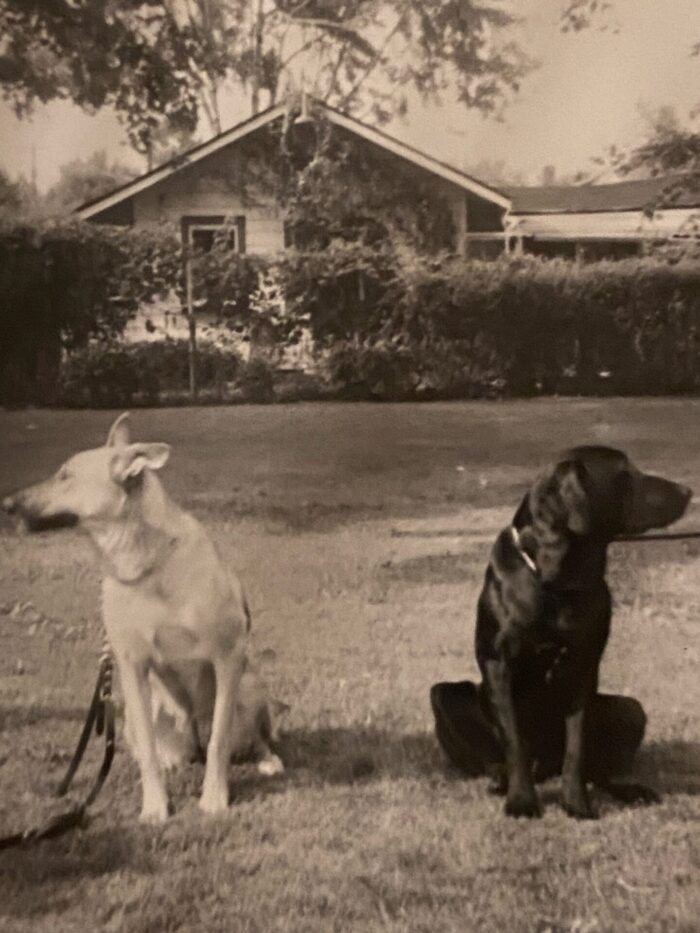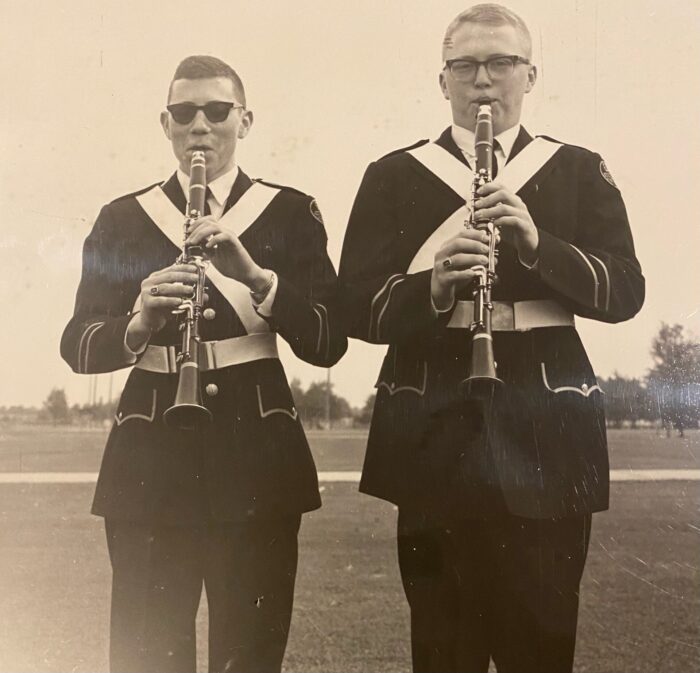Raised by Parents who are Blind
Published onWho better to bring awareness to others than someone whose parents are blind?
What Is It Like Having Parents Who Are Blind?
The first question people ask me after learning that my parents are both blind. “How did they raise you?” or “What’s it like having blind parents?” Lucky for me, I am living proof of their success.
I know this isn’t much of an answer, but their blindness didn’t make them any less capable of raising children or other accomplishments. Plus, I have no way of knowing what it’s like not being raised by parents who are blind.
How Do My Parents Drive?
“How do your parents drive?” This is a real question that people ask me. While my dad took his friends on a few joyrides, driving isn’t on the list of items my parents have mastered.
I think what people mean to ask is, “How do your parents get from point A to point B?”
Well, there are numerous ways for people who are blind to get around. Some live in areas where they can walk to many places, like work or the store. Public transportation is also an essential means of travel.
My parents use a combination of a white cane and a guide dog, although not simultaneously. This is how many people who are blind navigate their environment and travel independently.
Working with a Guide Dog
A guide dog is a working dog for a person with blindness. My mom has a labrador retriever named Jack. They spent over a month training together at Southeastern Guide Dogs (now known as Dogs Inc) in Palmetto, Florida. My mom gives Jack commands when he’s in his harness, and Jack obeys, leading my mom where she wants to go. If there is danger or an obstacle, Jack will alert mom by moving his body in front of her. My mom will readjust her command. While in harness, Jack is a working dog, so please don’t pet a guide dog without permission.
Using a White Cane
My dad prefers to use a white cane over a guide dog. Although most of my life, he had a guide dog. The white cane is what he uses as a guide, much like a guide dog. He glides or taps the cane in front of him to make sure the path is clear. My dad also uses his other senses to listen for approaching cars and people.
The white cane indicates that the person is blind or visually disabled. If they require assistance, they will ask. Please don’t assume that a person who is blind needs help. Also, never grab their cane to guide them in a direction. Think of their cane as an extension of their body.
Public Education was Key
Once my parents mastered the skills needed to navigate their world with blindness, their parents began advocating to get them into the public school system. This was no small feat in the 1950s and 1960s. Thankfully, my grandparents were successful in getting both of my parents enrolled in their respective public schools.
You need to understand that children with disabilities didn’t have the right to public education until 1975 with the adoption of the Education for All Handicapped Children Act (EHA). Congress revamped this law over the years into what we know today as the Individuals with Disabilities Education Act (IDEA).
More Alike than Different
After high school, my mom went to college and then pursued her master’s degree. She even continued to water ski into her 30s. She worked hard, raised my siblings and me, and she is an accomplished writer.
My dad spent his Friday nights in high school playing the clarinet in the high school marching band. Then, he’d cruise around with his friends, even taking a few turns driving their cars. Clearly, his blindness wasn’t a barrier.
Today, my dad is one of the founders of the largest and most trusted Document Accessibility Companies in the United States, Braille Works.
Having parents who are blind taught me that people will lower their expectations of others based on preconceived notions rather than facts. So, the next time you interact with a person who is blind, remember you’re probably more alike than different.
Categorized in: Accessibility, Informational, Uncategorized
This post was written by






Comments are closed here.